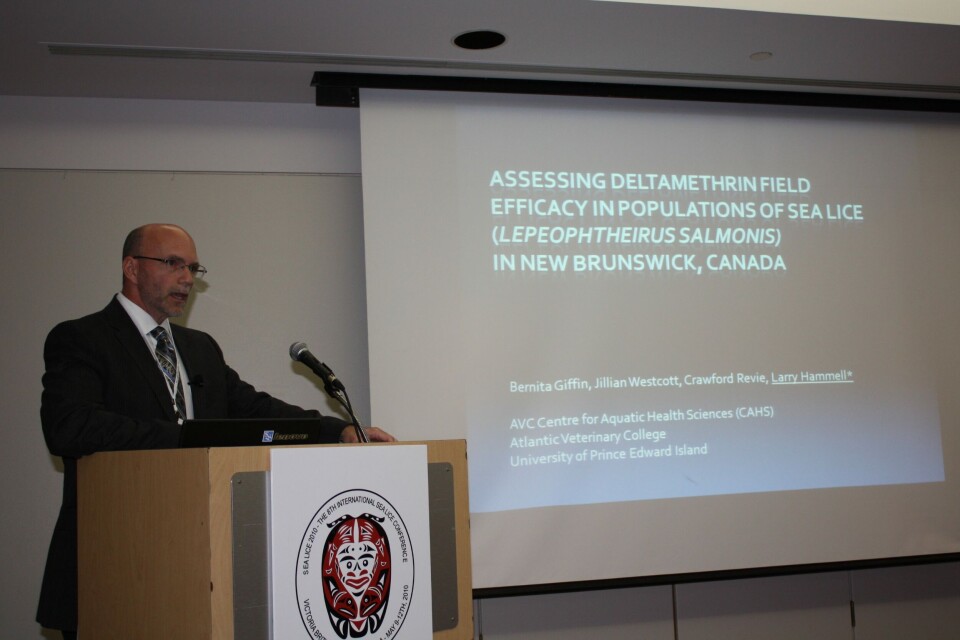
Sea lice conference wraps up
Since 1992, scientists around the world have converged to exchange information gained through research into the state and development of various types of sea lice. Much of the focus of these meetings has been centered on the topic of the “Salmon louse”, or Lepeophtheirus salmonis. The Victoria, B.C. conference was the 8th in this series of meetings, and this was the largest by far. Over 230 people participated- drawn from 10 countries; Australia, Canada, Chile, Cuba, Ireland, New Zealand, Norway, Scotland, Thailand and the United States.
A total of 45 presentations were made during the conference, and 34 posters were provided by some of the 37 students that participated in the conference. A modelling workshop with some 37 participants was to be held following the conference, which wrapped up around lunch time on May 12. Some of the findings reported by sea lice researchers were;
- Lice levels on wild salmon in the Broughton Archipelago are now similar to those on salmon in areas away from salmon farms
- Most of the lice found on wild, out-migrating Sockeye salmon in the area between Vancouver Island and the B.C. mainland are of the Caligus species, and there is no knowledge about the effect these lice may have on the survival of juvenile Sockeye salmon
- There is no knowledge about the levels of sea lice that could potentially cause damage or harm to Chum salmon
- Field and laboratory experiments with juvenile Pink salmon exposed to sea lice showed that juvenile fish over a few grams in size would shed the lice
- The Atlantic “Salmon louse” is quite different in both genetic make-up and grazing behaviour than the Pacific version
- Resistance to various chemotherapeutants is widespread in all areas of salmon farming- except in B.C. The continuous influx of sea lice from wild salmon may be a contributing factor
- Production levels of farmed salmon in individual fjord systems may have to be adjusted based on the level of sea lice found on wild salmon and trout
Discussions were held about the time and location of the next anticipated conference, and Bergen, Norway and the U.S. State of Maine were suggested as potential host candidates.
More details from the SeaLice2010 Conference will be provided in a future edition of FishfarmingXpert magazine.






















































